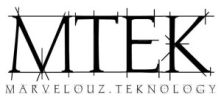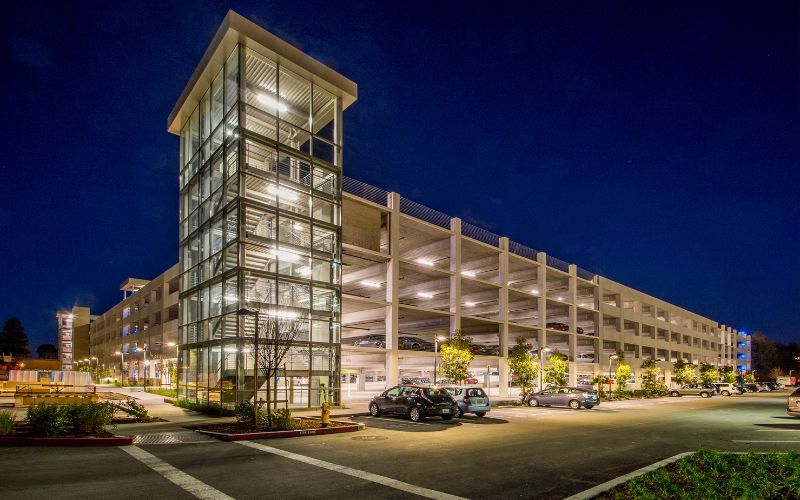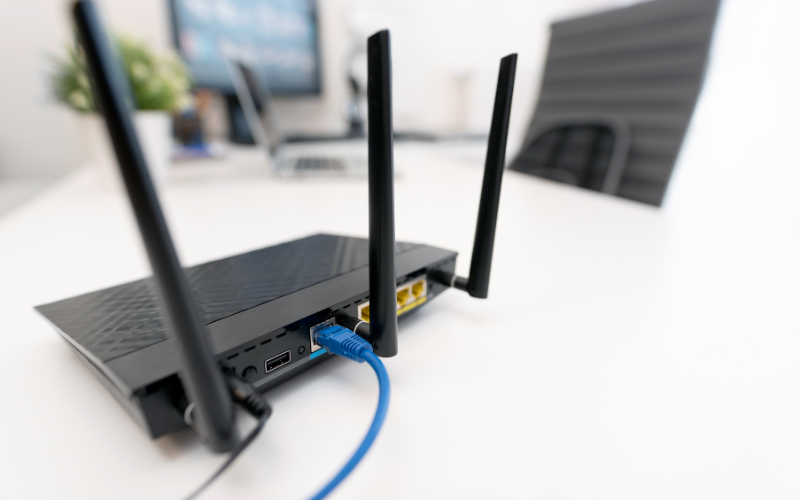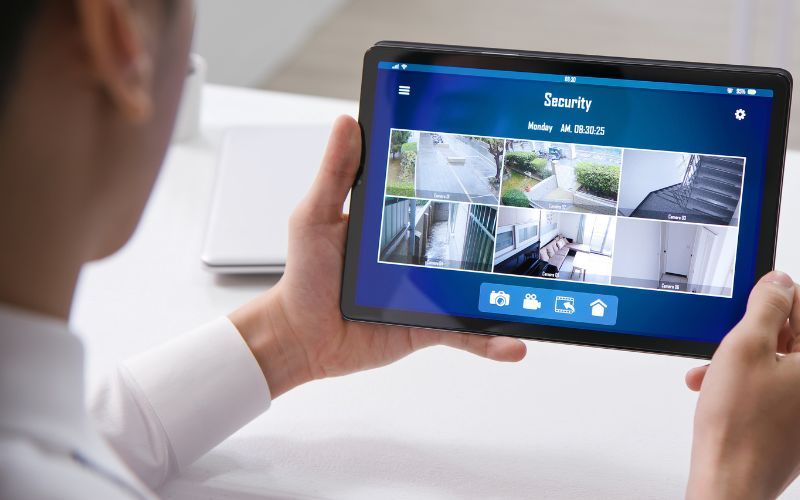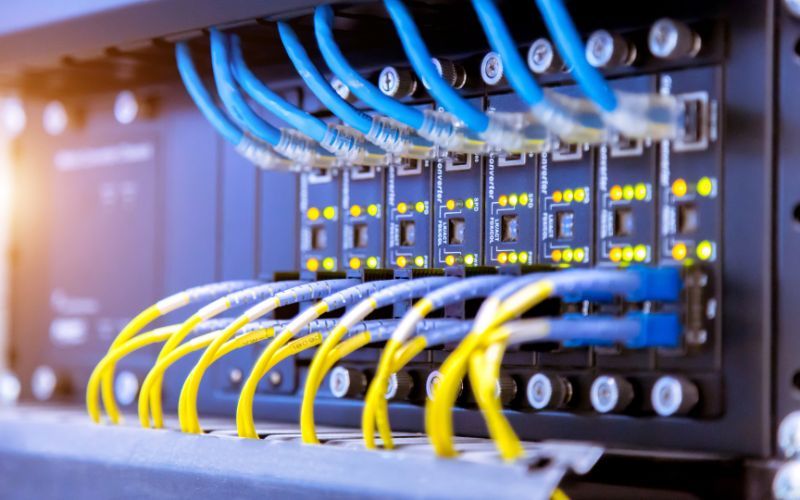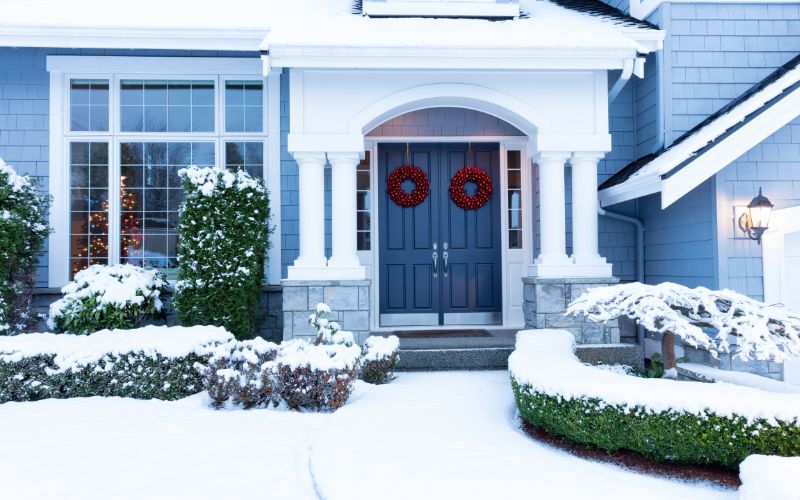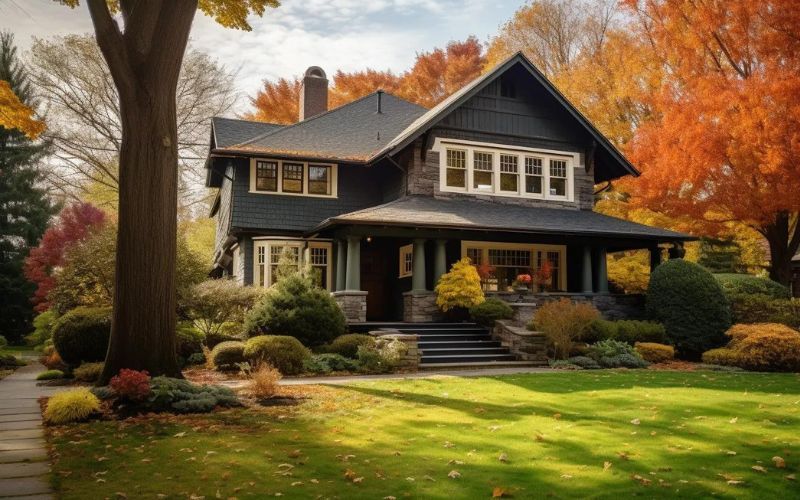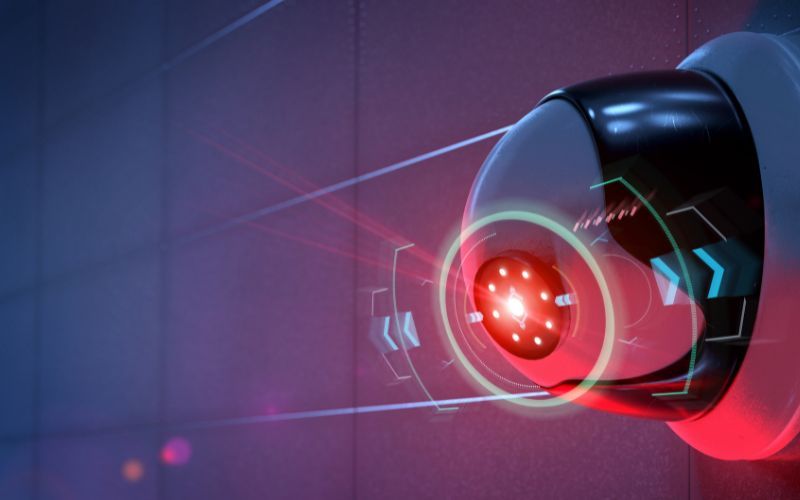Tips for Enhancing Safety with Expert Security Camera Installation in Garages and Parking Lots
TL;DR: Security cameras are vital for parking area safety, deterring crime, providing evidence, and ensuring compliance. Different types offer various benefits, while strategic placement and professional installation are crucial for effectiveness. Regular maintenance is necessary for reliability. Marvelouz Teknology offers specialized solutions for parking lot security needs.
Do you feel safe in the garage of your commercial space? Parking areas rank high in locations where violent crimes are most likely to occur, and the presence of surveillance technology not only discourages criminal activities but also plays a role in gathering evidence.
Enhancing safety with expert security camera installation in garages and parking lots has never been more important. The statistics are alarming: more than 1 million vehicles were reported stolen in the USA in 2022 alone.
This upgrade benefits the property and boosts customer satisfaction. It easily monitors traffic flow and provides a seamless remote monitoring system tailored for garages and parking lots.
Let’s explore together in this article the ways to make parking areas safer using expert security camera installation as a security shield.
The Importance of Security Cameras in Parking Areas
In parking lots and garages, the installation of security cameras is a necessity. With the alarming statistic that parking areas rank third in locations for violent crimes, the role of surveillance technology becomes crucial in ensuring a safe environment. Let’s see why we need these cameras:
Preventing Theft
Cameras are a powerful deterrent against potential criminals, significantly reducing the likelihood of theft, vandalism, and other security breaches. Studies have shown a 51% reduction in crime rates in parking areas equipped with surveillance technology.
Monitoring for Evidence and Safety
Beyond deterrence, these cameras play a role in monitoring activities. They provide invaluable evidence in the unfortunate event of a crime, aiding law enforcement in their investigations. Moreover, they allow operators to keep an eye on areas prone to accidents, enhancing overall safety.
Boosting Confidence Among Users
The mere presence of cameras instills a sense of security among customers and employees, fostering a more welcoming environment. This increased perception of safety can translate into higher customer satisfaction and loyalty.
Adhering to Safety Regulations
For businesses and organizations, installing security cameras is about compliance. Many jurisdictions require the implementation of specific safety measures, including surveillance in parking lots and garages, to meet regulatory standards.
Analyzing the Threat Landscape
Violent crimes, including strong-arm robberies and carjackings, find a conducive environment in parking areas where anonymity prevails. Poor lighting, blind spots, and overgrown shrubbery, which provide perfect cover for thieves, contribute to this heightened risk. Retail parking lots are particularly vulnerable, and criminals often target them for the valuables left inside shoppers’ vehicles.
Installing lighting fixtures, controlling access, and, where possible, erecting perimeter fencing are critical first steps. Prioritizing parking lot security helps deter minor issues from escalating into more serious crimes, which is the whole point of the ‘broken windows theory.’ The absence of proper security measures, including surveillance cameras, can lead to increased liability, insurance rates, and, ultimately, loss of business.
Types of Security Cameras for Garages and Parking Lots
When considering the enhancement of safety in garages and parking lots, selecting the right type of security camera is vital. Let’s explore the varieties and their unique benefits:
- Infrared PTZ Cameras: These cameras come equipped with infrared imaging for superior night vision, ensuring no detail goes unnoticed, even in the darkest corners of your parking lot.
- License Plate Recognition Cameras: They are designed to capture clear images of number plates under any lighting condition. These high-quality cameras are essential for tracking and identifying vehicles, as well as enhancing security measures.
- Full 360 Fisheye Cameras: Offering a wider field of view through video analytics, these cameras are perfect for monitoring expansive areas without leaving any blind spots.
- IP67 Waterproof Cameras: These cameras boast weather resistance and are efficient for external areas.
- High-Resolution Cameras: With options like 1440p, 1080p, and 720p, these cameras are crucial for identifying faces and license plate numbers, ensuring clarity in every frame.
- 24/7 Full Color Cameras: Equipped with advanced lenses and high-performance sensors, these cameras provide clear footage and are indispensable for round-the-clock surveillance.
Choosing the right camera involves understanding your parking area’s specific needs and integrating these technologies seamlessly for an impenetrable security system.
Strategic Placement for Maximum Coverage
Regarding security camera installation in garages and parking lots, strategic placement is key to achieving maximum coverage and ensuring every corner is under surveillance. Here’s how you can optimize the positioning of your security cameras:
Entrances and Exits
Position cameras at all entrances and exits to monitor who comes in and out. This not only helps in tracking unauthorized access but also provides clear footage of vehicles and individuals in case of an incident. Ensure the cameras are high enough to cover a wide area but still capture clear images, even in varying lighting conditions.
High-traffic and Sensitive Areas
Place cameras in lobbies and reception to observe the flow of people and identify any unauthorized or suspicious behavior. Install cameras in supply and storage rooms to help deter theft and monitor inventory. Often overlooked, rear and dumpster areas can be entry points for criminals. Cameras here deter unauthorized access and help catch perpetrators.
Optimizing Coverage
Use cameras with a wide field of view to cover as much area as possible, minimizing blind spots. Ensure sufficient lighting for cameras to record clear footage, especially at night. Place cameras in spots that are easy to access for maintenance, ensuring they remain functional at all times.
Creative Solutions and Smart Analytics
Integrating AI-powered analytics and smart motion detection capabilities significantly reduces the need for constant manual monitoring. These features automatically alert security personnel to suspicious activities, streamlining the surveillance process.
Additionally, flexible and reliable recording options ensure that critical footage is always available, improving the efficiency of video investigations with smart search tools. Removed object detection and unattended baggage detection are just two of the many innovative solutions in modern security systems.
Professional Installation vs. DIY: Making the Right Choice
Opting for professional installation of your security cameras in parking lots and garages ensures the job is done right the first time. Professionals bring a wealth of experience, ensuring cameras are correctly positioned to cover all necessary angles without leaving any blind spots.
They can also navigate complex issues such as optimal camera height, avoiding potential obstructions, and ensuring the system is integrated seamlessly with existing security measures. On the other hand, DIY installations might seem cost-effective but can lead to significant gaps in coverage and potential malfunctions if not set up correctly.
Regular Maintenance: The Key to Longevity
Ensuring your security cameras are regularly maintained is important for longevity and effectiveness. This includes routine cleaning of camera lenses to ensure clear footage, checking alignments to cover intended areas, and updating firmware to protect against security vulnerabilities and improve functionality.
Regular maintenance checks also allow for assessing and adjusting camera positions based on changing environmental factors or new security concerns. This proactive approach keeps your surveillance system in top condition, providing reliable security coverage for your parking lot or garage.
Expert Security Camera Installation in Garages and Parking Lots: Key Takeaways
Throughout this article, we’ve explored the critical role that strategic security camera installation plays in enhancing safety within garages and parking lots. Integrating these elements deters potential criminal activities and contributes significantly to a heightened sense of security and compliance with regulatory standards.
For those looking to implement or upgrade their parking lot security systems, the importance of professional expertise cannot be overstated. Marvelouz Teknology offers specialized solutions that promise to transform the safety standards of your garages and parking lots, ensuring that every area is well-monitored and secure.
Call us today, and let this level of dedication set the standards for security in the times to come.
